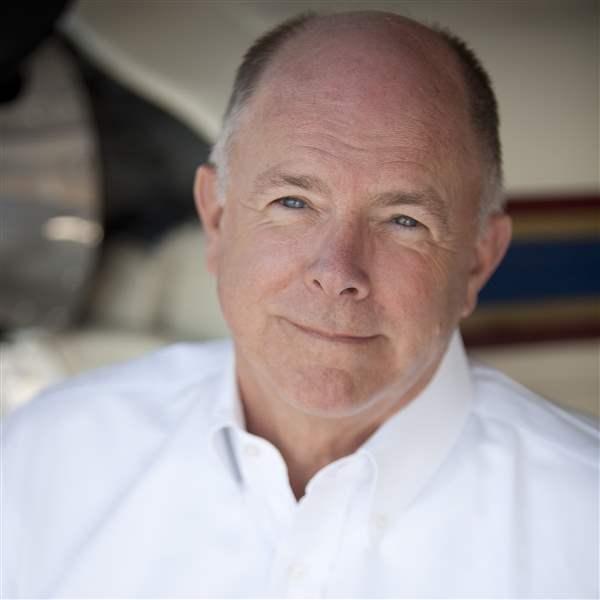From the editor: The least observed rule?
Precautions for rarified air

But for turbine pilots flying in the flight levels, it’s the rules that cover the use of oxygen that are most honored in the breach. You know, FAR 91.211(b), which addresses pressurized aircraft. Among other passages, the rules state that if flying above FL350 a single pilot has to wear an oxygen mask whenever the cabin altitude exceeds 14,000 feet—which sounds like a pretty leaky cabin to me. But that’s just my opinion.
Then again, the rules go on to say that no, a pilot doesn’t have to wear a mask below FL410 if two pilots are at the controls and each has a quick-donning mask. What’s a quick-donning mask? One that can be put on the face with one hand within 5 seconds—and be secured, sealed, and providing oxygen within that same tiny time frame.
But wait, there’s more. If one of those pilots has to leave the cockpit above FL350, the remaining pilot must put on and use the mask until the other pilot returns. But, if my reading is correct, the rules imply that above FL410, one pilot must always be wearing an oxygen mask.
Hey, wait a minute. What if, as is the case with pilots of many single-pilot-certified jets, there is no second crewmember up front? This means that pilots flying above FL350 are stuck wearing the mask. That covers a lot of pilots, because many of today’s single-pilot jets—and a few turboprops—have maximum operating altitudes that go past 35,000 feet; some even higher, with 41,000- and 45,000-foot MOAs. And these are popular altitudes to use, because up high is where fuel consumption is lowest.
Time of useful consciousness is only 30 to 60 seconds at 35,000 feet; 15 to 20 seconds at 40,000 feet; and a mere 9 to 15 seconds at 45,000 feet. These times assume a fit, rested pilot—so those times can be much lower for, say, someone who smokes or is fatigued.
So let’s say you’re up there at FL450, had trouble sleeping the night before, have a cabin decompression, and are fumbling for that quick-don mask. There will be a delay owing to the surprise and shock of the sudden emergency, so 5 seconds may be optimistic. Maybe it will take 10 or 20 seconds to sort out the mask, take off your sunglasses, and fit it properly on your face. By then you may start feeling sleepy, confused, or worse.
So, how many of you are alone up front with no mask on and flying above FL350? Sure, wearing the mask can be a pain—literally. But that mask-free comfort comes with an element of risk.
Email [email protected]



